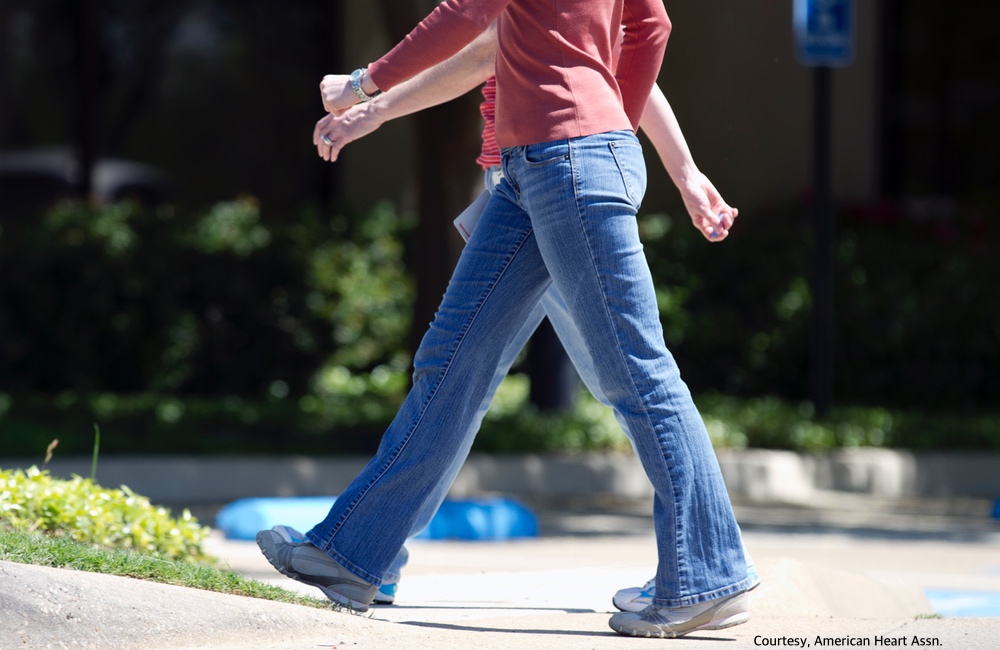We all know we need to exercise, so why do so many of us have a hard time reaching even basic fitness goals, such as taking 10,000 steps per day? Having access to a gym or living in a walkable neighborhood have proven useful to achieving these goals, but, unfortunately, people living in low-income communities often lack these opportunities. Not only do they face more challenges than the general population when it comes to getting exercise, they are at higher risk for heart disease and could benefit the most from physical activity.
A recent randomized trial that enrolled participants from low-income communities evaluated how effective different goal-setting approaches were at getting residents to exercise regularly.
The study findings offer insights into what sorts of exercise plans tend to motivate us to successfully reach our fitness goals.
A total of 500 people with atherosclerosis or at a high risk of developing atherosclerosis were enrolled in the trial. More than 66 percent of participants were Black, and almost 70 percent were women.People who set gradual goals designed to be reached over time were less successful than those who quickly set the goals they wanted to reach, even if it took them time to attain them.
The study took place over 24 weeks — an eight-week introductory period, followed by an eight-week maintenance period, and an eight-week follow-up. University of Pennsylvania researchers gave each participant wear a wearable fitness tracker to count their daily steps.
After each person’s baseline level of activity was established in the first phase, participants were placed in one of four gamification groups based on whether their daily step goals were assigned or chosen by the participants themselves, and whether they worked towards their goal immediately or slowly.
When participants were allowed to choose their daily step goals and started working towards those goals immediately, they significantly increased their physical activity levels.
The impact of self-chosen goals that were implemented immediately was sustained during the follow-up period when the game was turned off after 16 weeks. People in the other intervention groups in the study did not sustain their increased activity levels. “This means that the game really built up a new habit for this vulnerable population,” Mitesh Patel, lead author on the study, told TheDoctor.
Participants who set their own goals and started to try to achieve them immediately had an increase of almost 1,400 steps per day compared to the control group. This gamification group also increased their sustained levels of moderate to vigorous activity by about four minutes per day.
As the researchers had expected, allowing participants to choose their goals before the study began helped them stick to their chosen increased activity levels. “People are more invested in goals they choose,” Patel explained. “They might know a little more about themselves than we do.”Conventional wisdom says when people tackle an ambitious goal, they should work towards the goal gradually, but this proved not to be the case.
But what surprised the researchers was that those participants who immediately started working towards their goals were more successful than others. Conventional wisdom has it that when people tackle an ambitious goal, they should work towards the goal gradually, but this proved not to be the case.
“We realized for those in the gradual arm, the step goal was getting further and further away, and people in that arm of the study might have become less motivated,” said Patel, now an executive at Ascension Health in St. Louis.
The study was published in JAMA Cardiology.





